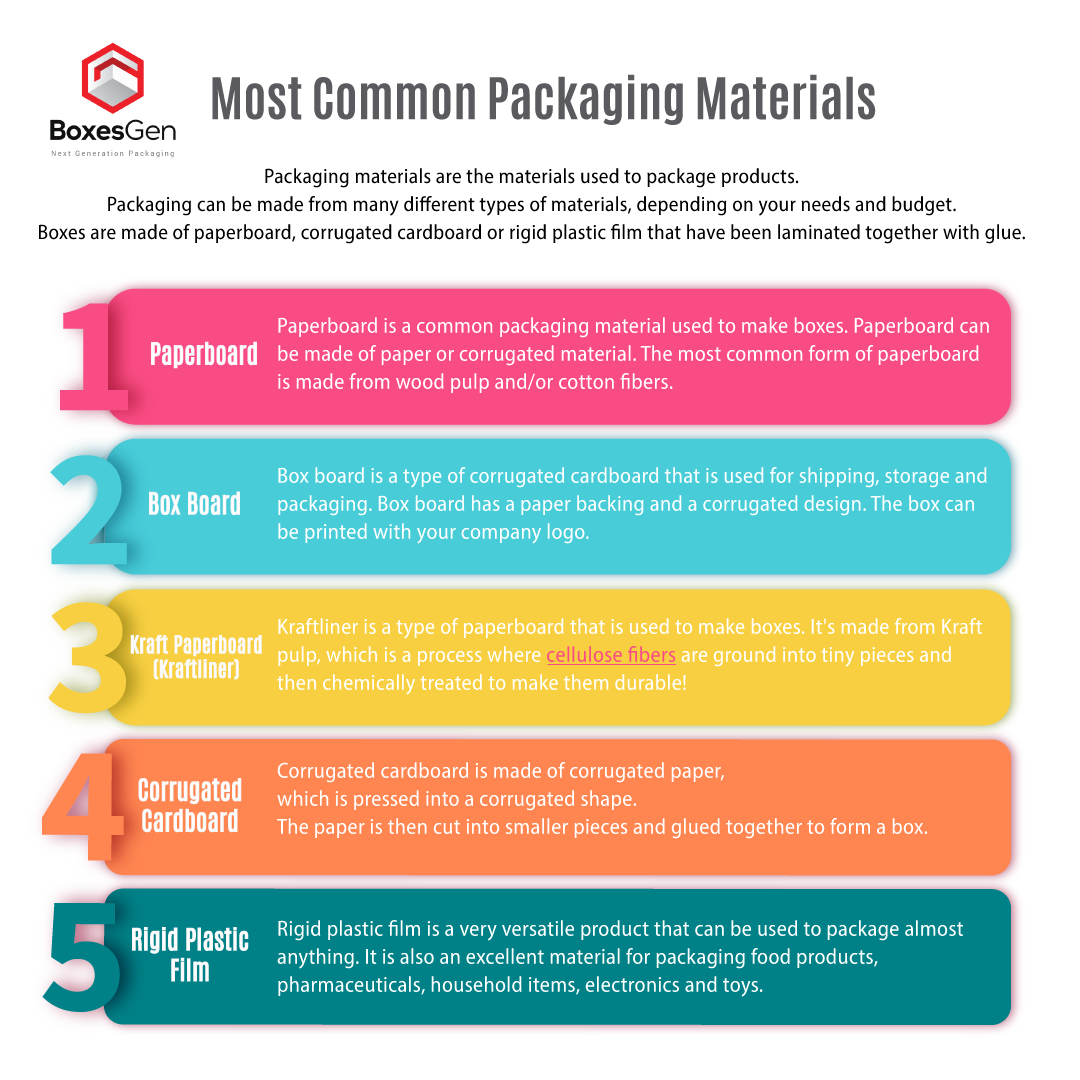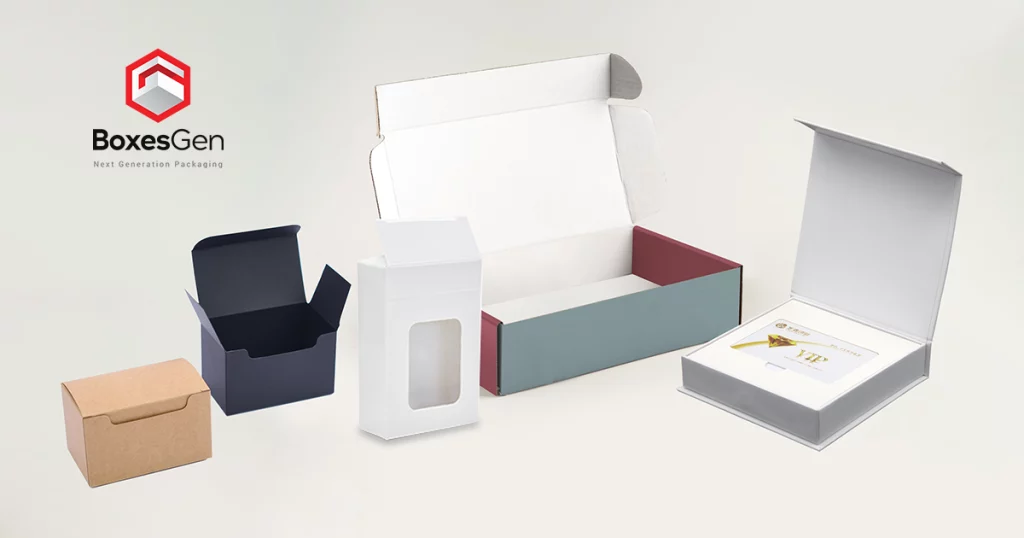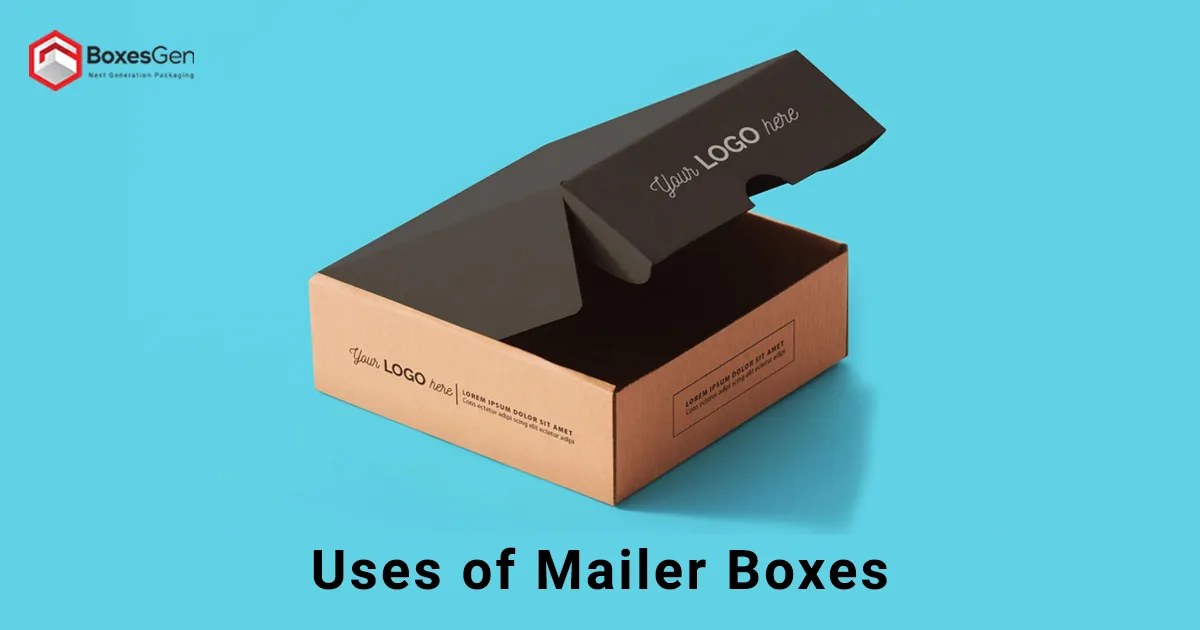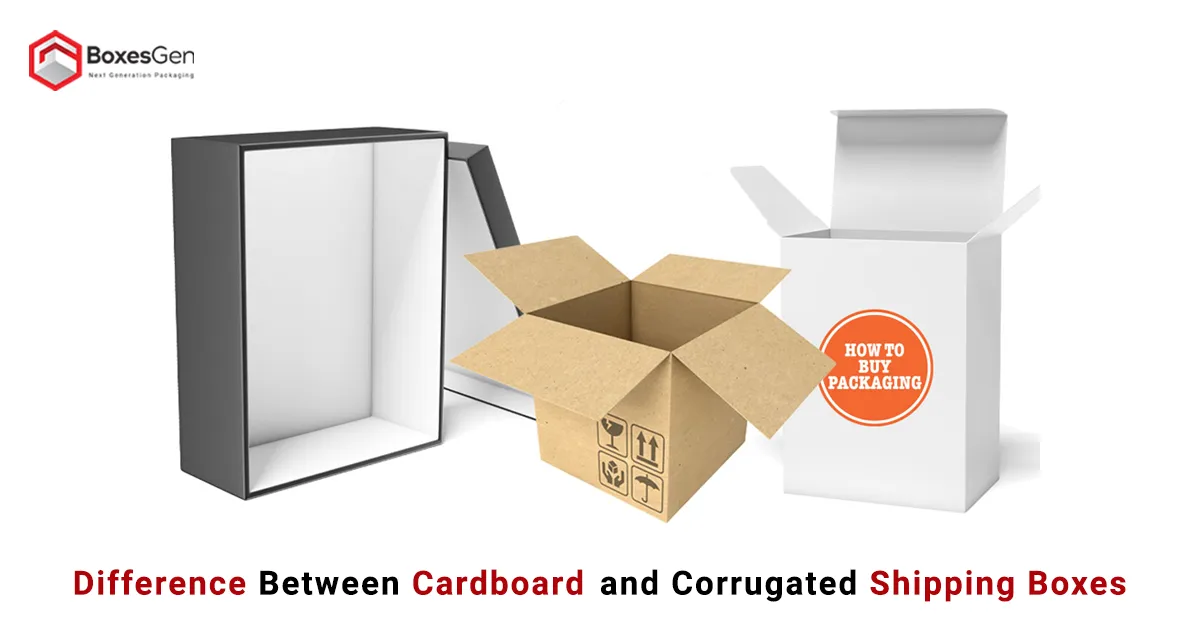What Packaging Materials Are Used To Make Boxes?
Packaging materials are the materials used to package products. Packaging can be made from different materials, depending on your needs and budget. Boxes are made of paperboard, corrugated cardboard, or rigid that have been laminated together with glue.
There Are Many Different Types of Packaging Materials
There are many different types of packaging materials. Paper packaging, cardboard packaging, plastic, and more all serve a purpose when shipping your products. There are also many different packaging materials for boxes that can be used in shipping. You’ll need to look at what will work best for your business or product before choosing the type of box that is most effective for your needs.
Paper and Cardboard Are the Most Common Materials
Paper and cardboard are the most common materials for retail packaging boxes. They are cheap, easy to work with, and can be recycled or composted.
Paperboard is made of paper and cardboard. It’s often used in shipping boxes because it’s strong enough to hold heavier items like books or DVDs without breaking apart under pressure. Corrugated cardboard is made of corrugated paper on one side and regular paper on top. The patterning gives it its name–it looks like a series of tree roots growing out from the surface of your box!
Boxes for Storing & Transporting Items
A box is a container with a lid for storing or transporting items. Various sizes and shapes are available, including rectangular boxes and square ones. Boxes can be made from many materials, such as paperboard and corrugated cardboard. They are used to package products by keeping them secure while they travel through the postal system or are stored in warehouses until they must be delivered directly to customers’ homes.
Paper Is a Cheap and Easy Material to Work With
Paper is the most common material used to make product boxes because it’s cheap and easy to work with. Paper can be easily cut into shapes ideal for packaging products like food or cosmetics. It’s also easy to fold into a box shape when you want your product in its packaging.
Paper boxes are great for mailing items because they are lightweight and won’t break if you drop them during shipping. This makes them perfect for packages that don’t require much protection from damage or impact – like clothing or household items – but still need an enclosed space where they can be stored until needed again later on.

Different Types of Packaging Materials for Boxes
There are many different packaging materials for boxes, depending on what you want to do with them.
- Paperboard: A corrugated paperboard is a thin sheet of paper, not unlike a thick piece of notebook paper. It can be made from various kinds of wood pulp and then pressed using rollers or steamrollers (the latter is more common). The material comes in rolls that have been folded into shapes like boxes, but it can also be cut into any shape you need by hand or machine so long as there’s enough material left over after cutting out your design.
- Cardboard: Also known as corrugated cardboard, this type comes in rolls with perforations along its length so air can pass through it easily during manufacture. These perforations also allow for easier removal from the factory floor once finished products have been formed from them! The surface finishing options include textured finishes such as foil stamping, which adds texture to surfaces before adding graphics. Smooth premium finishes like clear coatings will provide additional protection against damage caused by moisture exposure while keeping colors bright without dulling over time.
Sturdy Corrugated Cardboard
Corrugated cardboard is a type of paperboard that consists of a series of thin layers of paper. It is often used to make boxes and cartons, as it is strong, durable, and easy to work with.
Paperboard
Paperboard is a common packaging material used to make boxes. Paperboard can be made of paper or corrugated material. The most common form of paperboard is made from wood pulp and cotton fibers, which are then processed into sheets for use in box manufacturing. In addition to using recycled content in its production process, paper manufacturers also use virgin wood pulp from sustainable forests that have been harvested without destroying the rainforests.
In addition to being sourced from sustainable packaging sources, some types of recycled materials are also used in making cardboard packaging boxes, such as corrugated boxes (cardboard).
Box Board
Box board is a type of corrugated cardboard that is used for shipping, storage, and packaging. The box board has a paper backing and a corrugated design. The paper inside the box can be printed with your company logo or other information about your product or service. This can make it easy for customers to spot their items easily when packed in boxes of varying sizes.
Kraft Paperboard (Kraftliner)
Kraftliner is a type of paperboard that is used to make boxes. It’s made from Kraft pulp, where cellulose fibers are ground into tiny pieces and then chemically treated with sulfuric acid to make them stiffer and more durable than other paper types. Kraft boxes can be recycled multiple times using the same raw materials they are made from – meaning you don’t have to worry about wasting resources!
Polyethylene (PE)
Polyethylene is a plastic material that is used in many different industries. It’s used to make packaging for toys, appliances, and other household items. Polyethylene also makes food containers and packaging materials.
Polypropylene (PP)
Polypropylene (PP) is a thermoplastic resin used in packaging because it is strong, durable, and cheap. This makes it an ideal material for making boxes. PP can be recycled and biodegradable, which means you don’t have to worry about leaving a mess behind when you recycle your packaging materials after using them!
Mylar Film
Mylar film is a type of plastic film used for packaging and printing. It’s also known as Mylar, one of the most common materials used to wrap products in boxes. Mylar has many advantages over other packaging options:
- It’s flexible enough to fit around irregular shapes like bottles or jars but strong enough not to rip when you open your box of vitamins with several pills inside.
- Compared with polypropylene (PP), which can become brittle at high temperatures or warm up too much – Mylar will stay flexible even if you leave it in direct sunlight for several hours! If this sounds familiar, you might want some PP instead: PP is more durable than Mylar because it doesn’t melt easily when exposed to heat from sunlight or hot cars during transport across town. However, it may tear apart under extreme pressure, such as being squeezed by hand through thick gloves while trying not to break any fingers off, which could ruin someone else’s day.
Rigid Plastic Film
Rigid plastic film is a very versatile product that can be used to package almost anything. It is also an excellent material for packaging food products, pharmaceuticals, household items, electronics, and toys.
Plastics
Plastic packaging materials are used to package and protect products and store items. They can be flexible or rigid, depending on the box’s purpose. Plastic packaging materials are also referred to as “plastics.” However, this term can also refer to other synthetic materials containing no natural fiber, such as polypropylene and polyethylene.
Plastic boxes are often used for shipping goods because they offer lightweight protection against damage during transport; however, they’re not necessarily designed for long-term storage like wood boxes or corrugated cartons (known as “paperboard”).
Tarpaulin
Tarpaulin is a thin, lightweight material made of cotton or polyester. It can cover items in storage, including boxes and pallets.
PVC Polyvinyl Chloride (PVC) Film
PVC is a flexible material that is used to make packaging. It is a plastic used in many industries, including construction, plumbing, and electrical work. PVC has a high tensile strength and good resistance against corrosion, making it ideal for use in packaging because it can withstand extreme temperatures without cracking or breaking down. PVC also has excellent abrasion resistance and impact strength due to its high density; this makes it suitable for transporting products like foodstuffs or chemicals through airports and shipping containers worldwide. Some packaging boxes include PVC windows, making them more admirable from the consumer’s perspective. These packaging boxes are called boxes with windows.
Packaging Is a Critical Part of the Manufacturing Process
Packing materials are the materials used to package products. They are also used to transport and store the products, protect them from damage, and ship them. Packaging is a critical part of the manufacturing process because it helps ensure that your product is delivered safely and intact when you sell it.
Packaging Materials That Are Used For Different Purposes
Paperboard is the most commonly used material to make boxes. Packaging paperboard can be used for many purposes, including shipping and storage. It’s also easy to distinguish between different packaging paperboards because they have different patterns. Corrugated cardboard is a packing paperboard with ridges running along its length so that it folds into flaps when you fold over the ends like a book cover (hence its name). Cardboard boxes are made from corrugated cardboard and other materials such as polystyrene or polypropylene plastic.
We hope you found this manuscript helpful. If you have any questions or concerns, please get in touch with us today!
References
Research Gate
Wikipedia
(https://en.wikipedia.org/wiki/Paperboard)
Science Direct
(https://www.sciencedirect.com/topics/biochemistry-genetics-and-molecular-biology/cellulose-fiber)
Wikipedia








